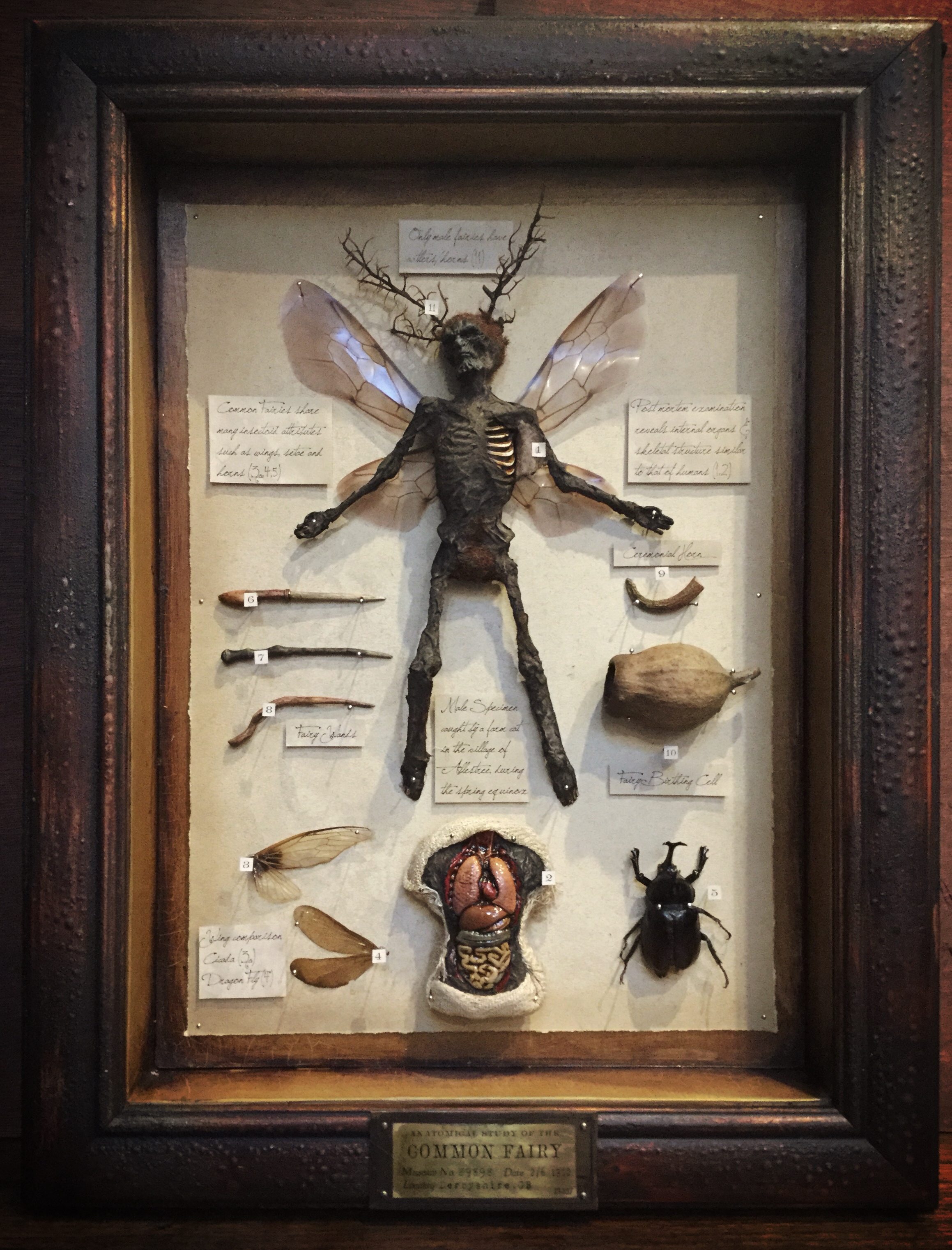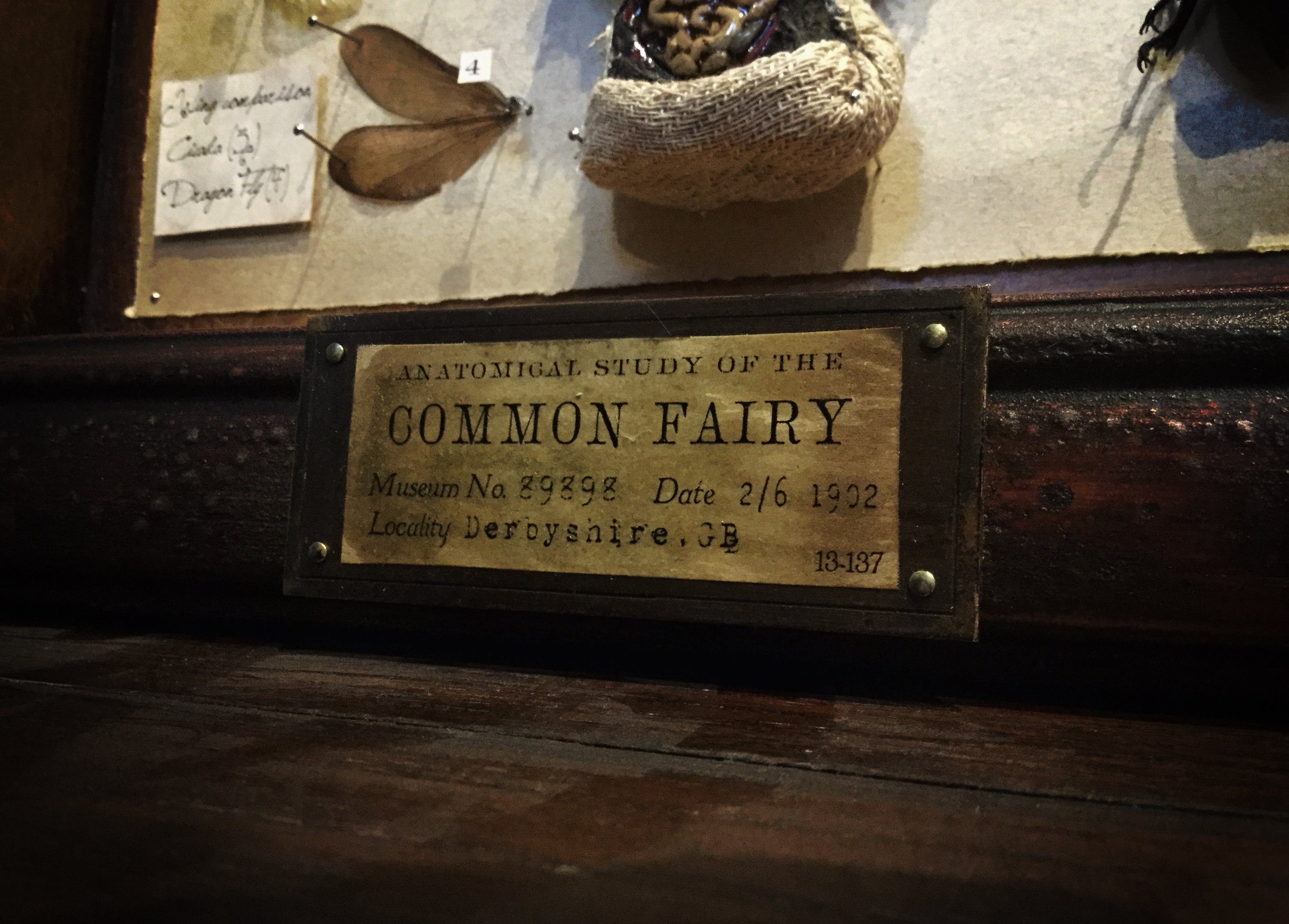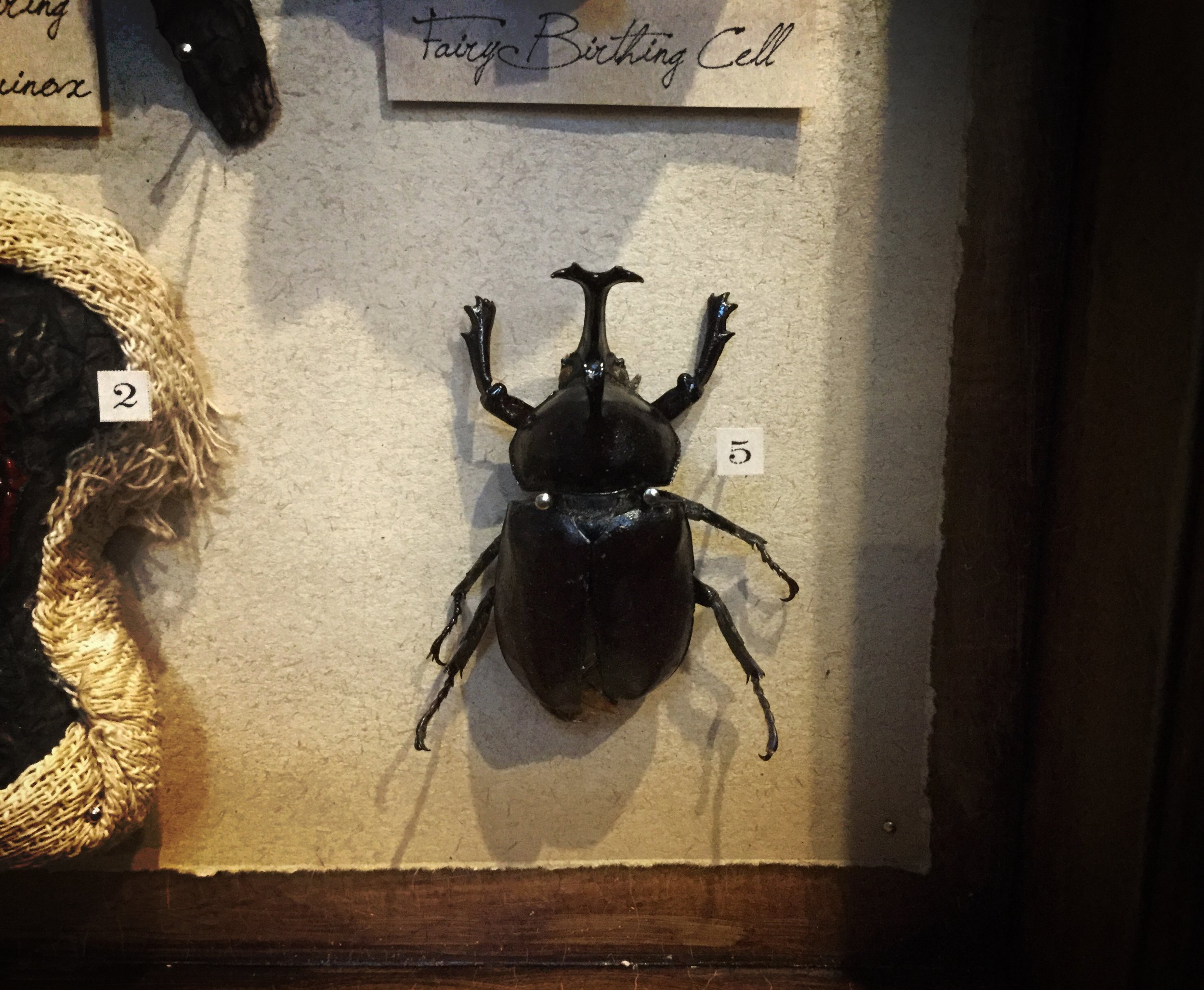This article by Rosa Lyster for Quartz discusses something I encountered when it was revealed that the mummified fairy images I produced were fake. Even once you unveil the truth, a significant percentage of people will choose not to believe it. My hoax had similar parallels to the Cottingley case; although I revealed the whole event to be hoax, I also publicly admitted my belief in fairies and that I had also seen them, a statement I stand by to this day.
The title of Rosa's article 'how smart people lose control of the truth' can be demonstrated even more with religion. It doesn't take fairies to show how people, even the smart ones, can believe in the most absurd things. Just look to the myths and legends purported by mainstream religion and you'll find a melting pot of unfeasible craziness where the control of the truth was lost thousands of years ago.
-
One hundred years ago, two girls went down to the stream at the bottom of a garden in Cottingley, England, and took some photographs of fairies. The fairies were paper cut-outs, which Elsie Wright, age 16, had copied from a children’s book. She and 10-year-old Frances Griffiths took turns posing with the sprites.
The girls developed the photographs in Elsie’s father’s darkroom, and presented them to their families as stunning evidence that fairies were real. Elsie’s father didn’t believe them—but her mother did. Two years later, she showed the photographs at a meeting of the Theosophical Society, a group dedicated to exploring unexplained phenomena and “forming the nucleus of a universal brotherhood of humanity.”
The story of the Cottingley fairies has always fascinated me—not because of the particulars of the case, but because of what it reveals about the life cycle of a lie. In contrast to other famous hoaxes, it doesn’t seem malicious, or even necessarily deliberate. Instead it seems to me to be a story about how a single, relatively small act of deception can lead a large group of people to lose control over the truth.
In the first photograph, Frances Griffiths stares somewhere to the right of the camera lens, pointedly not looking at the cardboard figures capering on the grass in front of her. In the second one, Elsie Wright leans forward to shake the hand of a toddler-sized boy fairy. Looking at them now, both photographs seem immediately identifiable as fakes. The figures are obviously propped-up and two dimensional. Everything, including the expressions on both girls’ faces, looks staged. It is hard to imagine the photos seeming convincing to anyone older than 12.
Yet the Theosophical Society saw things differently; the members immediately and ecstatically accepted the photographs as real. Edward Gardner, a writer and leading member of the Society, took them as proof that the “next cycle of evolution was underway” and mounted a campaign to convince the public of their authenticity. He gave lectures on the photographs, made copies of them, and passed them reverently around at meetings.
Initial press coverage was skeptical; one editorial noted that the photographs could be explained not by “a knowledge of occult phenomena but a knowledge of children.” But during and after World War I, spiritualism and mysticism gained increased influence over a grieving British public. The fairy photographs seemed to resonate with many people who were eager to believe in the existence of a better world, and in the possibility that we might be able to communicate with it.
Willingness to believe in the fairies was not a matter of intelligence or education. None other than Sir Arthur Conan Doyle, a trained physician and the creator of Sherlock Holmes, was dead-set on the whole notion. Doyle, a noted spiritualist, saw the photographs as evidence that communication could exists between material and spiritual worlds.
Doyle published an article about the photographs in The Strand magazine, and sent Gardner to visit the girls. Imagine being either Frances or Elsie at that moment. You have told a lie—a tale that started out as a joke, maybe, or a daydream. Now things are taking on a momentum that you cannot quite control. A stranger comes to your house with two cameras and says, No pressure, kids, but we would all just be thrilled to death if you could get us a few more shots of those fairies. Do you confess and make a fool out of everyone—or do you do what everyone clearly wants you to do, which is traipse off down to the stream and produce some more photographs?
The girls came back with three more pictures: Frances and the Leaping Fairy, Fairy Offering Posy of Harebells to Elsie, and Fairies and their Sun-Bath. These, too, look absurdly fake to modern eyes. But Gardner and Doyle fell for it again. Gardner then brought in a psychic, who claimed that the whole place was just crawling with fairies.
To me, the strangest part of this story is not that two girls pretended they knew some fairies, but rather that adults so badly wanted their encounters to be true. Not just Gardner and Doyle, whose reputations, by that point, were at least partially at stake. Lots of people were ready to believe. They twisted and massaged the narrative to add credibility. The social reformer Margaret Macmillan, for instance, emphasized that the photographers were children, and thus without motive or guile: “How wonderful that to these dear children such a wonderful gift has been vouchsafed.”
The novelist Henry de Vere Stacpool, meanwhile, insisted that the photographs were real because they just seemed truth-y: “Look at [Frances’] face. Look at [Elsie’s] face. There is an extraordinary thing called Truth which has 10 million faces and forms—it is God’s currency and the cleverest coiner or forger can’t imitate it.” The girls were telling the truth because they looked like they were telling the truth, and that was proof enough.













